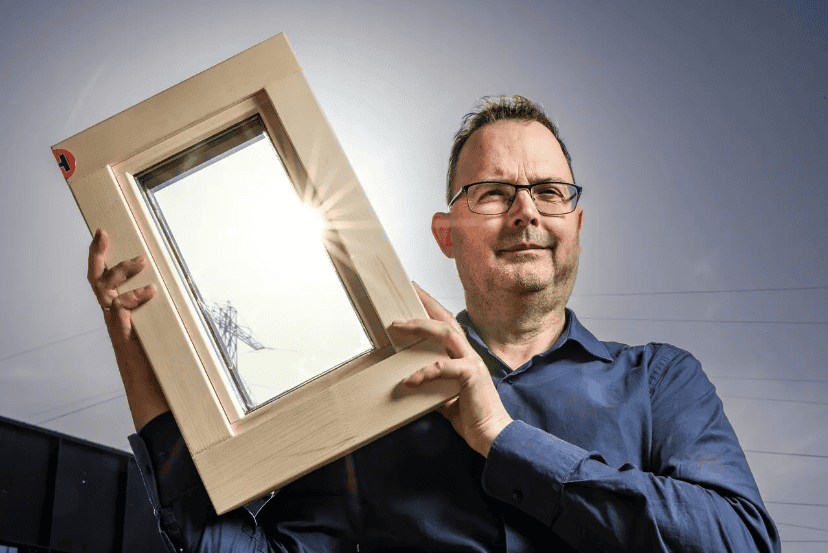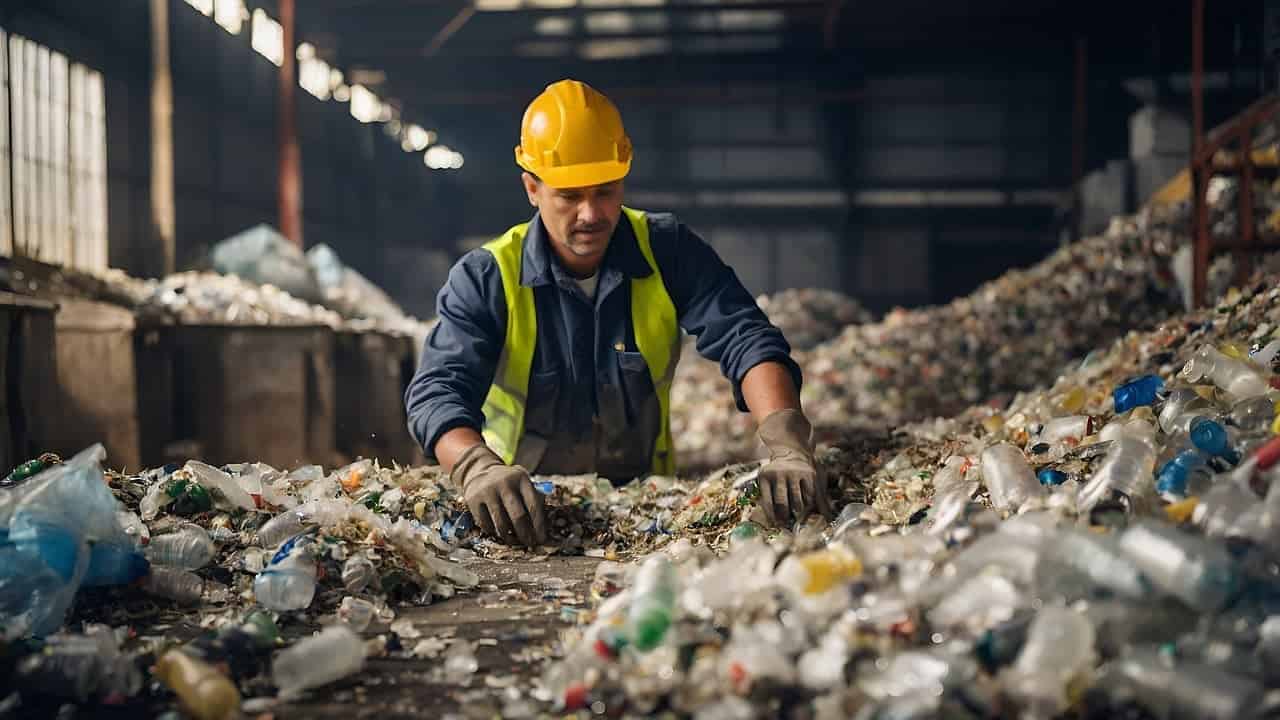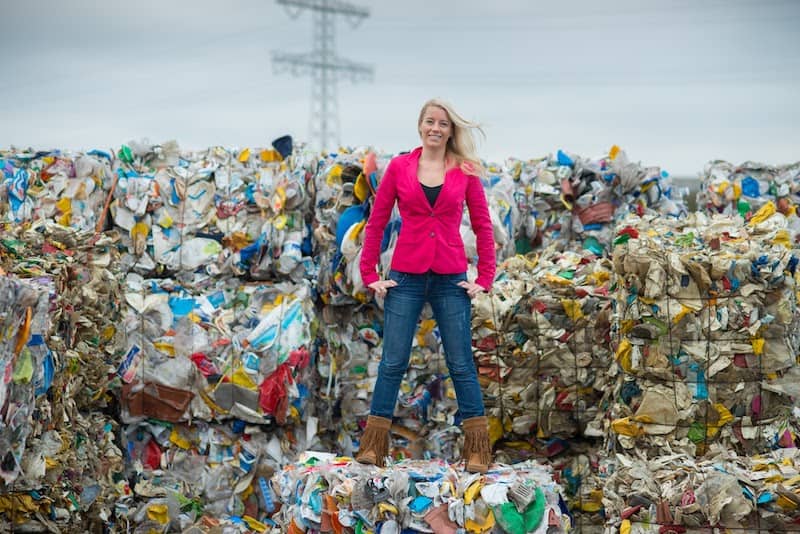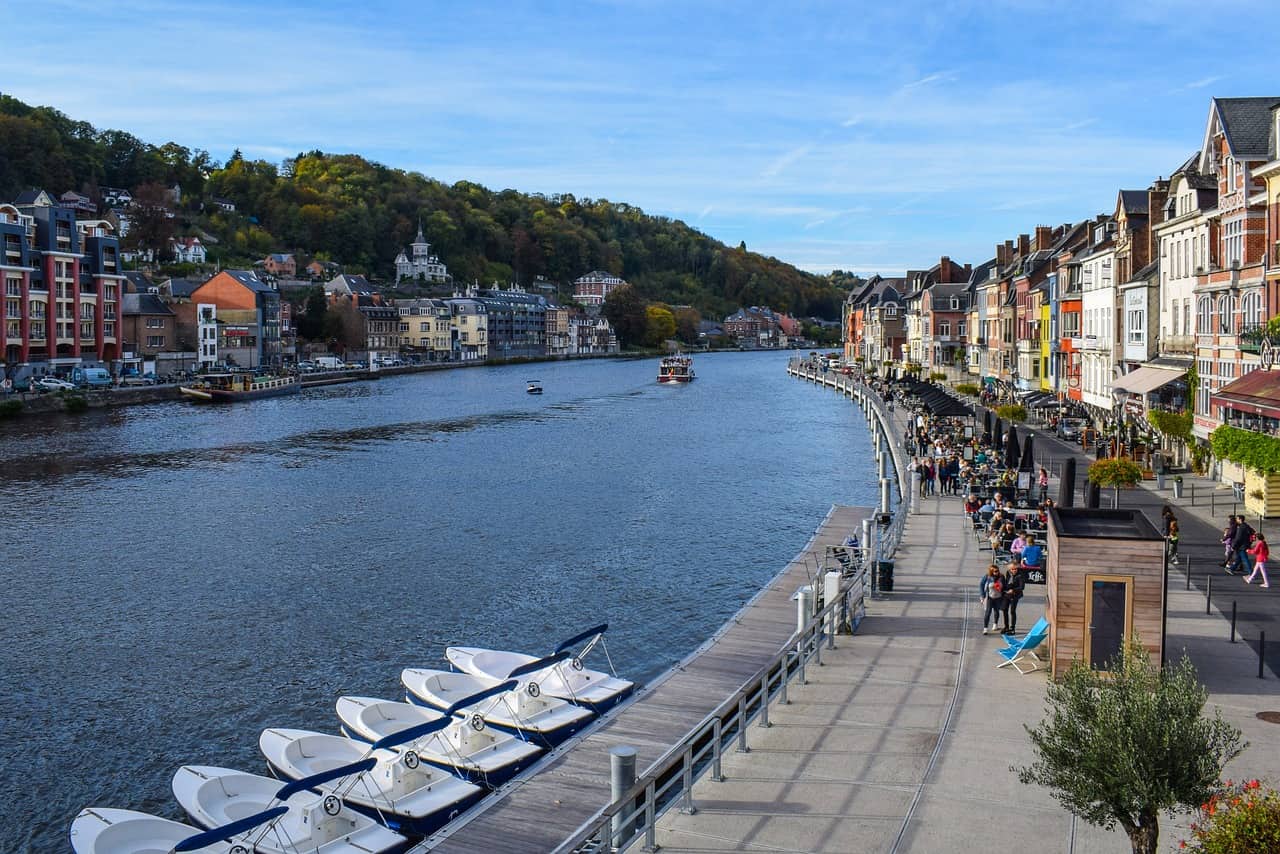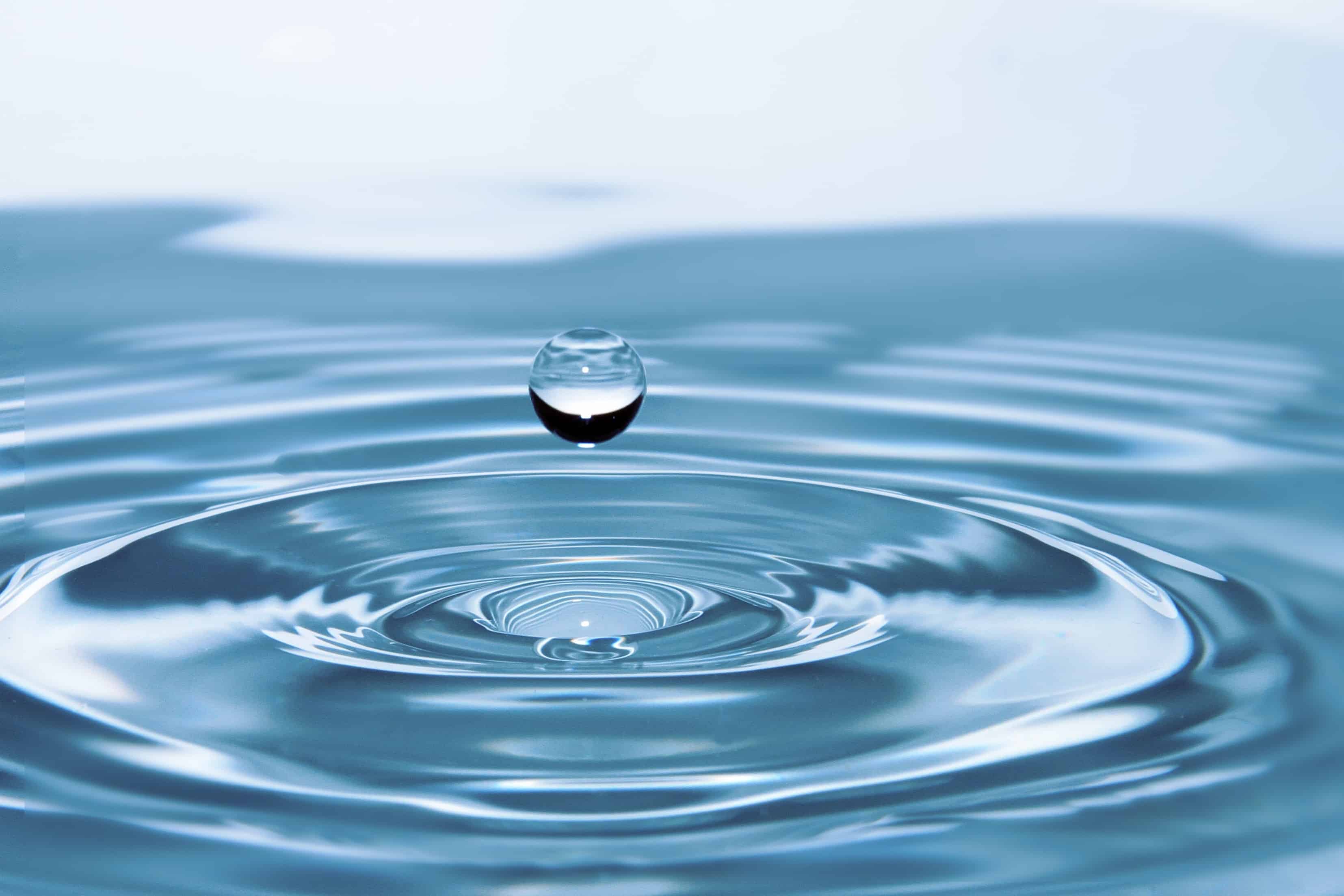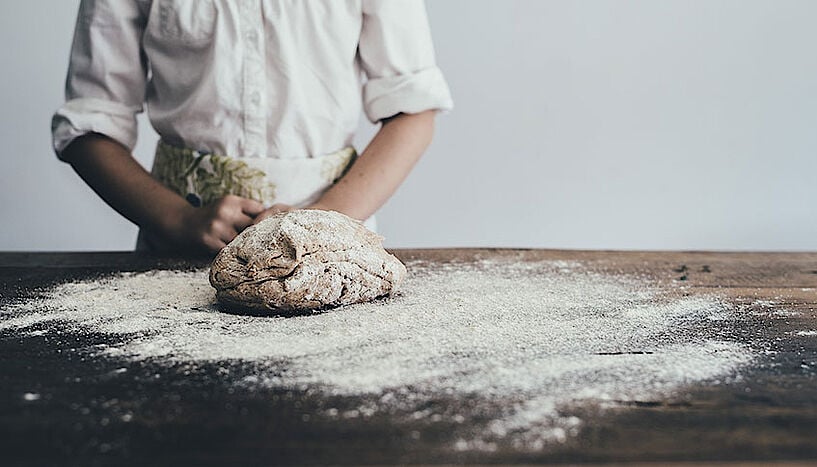
Foam – and that means plastic – has become indispensable in the production of packaging materials and everyday items such as dishwashing sponges. But polymer foams are also used in such items as ski and snowboard manufacturing or in the construction industry, where styrofoam is used as insulation. All these foams are made exclusively from plastic. As part of the EU “BreadCell” project which runs until 2025, scientists from Austria, Sweden and Spain are now researching environmentally friendly alternatives.
Their goal is to develop polymer foams made from cellulose and using a biological gas production method. “In our case, creating foam organically means using yeast,” explains materials chemist Alexander Bismarck from the Institute of Materials Chemistry at the University of Vienna. “In doing so, we make use of a process from one of the oldest cultural techniques, bread baking. The principle is quite similar: Yeast produces CO2, which in turn breaks down the sugar from the dough, causing it to foam. In our case, the dough is the cellulose.”
Baking cellulose instead of bread
But there is still one problem, says Bismarck: “Normal cellulose is a polymer sugar, but unfortunately it is not broken down by yeast. Only when we use so-called hemicelluloses, which, by the way, are even easier to break down, can they be broken down by a specially bred yeast,” he explains. “This yeast produces carbon dioxide in the process, which in turn creates a foam consisting of cellulose fibers.” According to the researchers, this cellulose foam could replace many plastics in the long term.
However, the scientists still have a long way to go before they actually reach that point, because the material quality also has to be right, of course. In order to be used for certain purposes, it must also exhibit certain properties. “We want to get the cellulose foam to a certain width with as little weight per unit of volume as possible, but at the same time the material still has to have mechanical properties, such as a certain stability,” the materials chemist explains.
Goal: At least one prototype
The researchers have set themselves the goal of having at least one material prototype at the end of the project in five years that has all the necessary properties of density and functionality. With an industrial partner, the renewable polymer foam made from cellulose will then be tested in so-called sandwich composites. “The material is generally interesting for environmentally friendly packaging materials, such as coffee capsules. If they’re made of cellulose, you can put the used capsules directly in the household compost or in the organic waste garbage can.” The special feature of the BreadCell project is that the polymer foam developed is not only versatile and biodegradable but also that the foaming process itself is biological because of the yeast, the scientists emphasize.
Despite all the positive prospects regarding the development of renewable, environmentally friendly materials, there is still one stumbling block. It will be possible to replace many plastic materials in the long term, but by no means all of them. “Plastics, or polymers, were invented and are produced precisely because they are durable. Without polymers, we would have a huge problem with all wiring and with every electrical device,” Bismarck said. Nevertheless, he said, we need to rethink consumer behavior and perhaps stop packaging everything individually. Then the use of biodegradable raw materials that are also produced in an environmentally friendly way could help solve the problems of CO2 levels in the air and packaging waste.
The EU project “BreadCell – Upgrading of cellulose fibers into porous materials” has been running under Horizon since April 2021 and will end in March 2025. The project partners are: Chalmers University of Technology, Sweden; Graz University of Technology, Austria; the University of Vienna, Austria, with Alexander Bismarck; Fundación Tecnalia Research & Innovation, Spain; and Bionanonet Forschungsgesellschaft mbH, Austria.
More articles on the topic of plastics can be found here.




